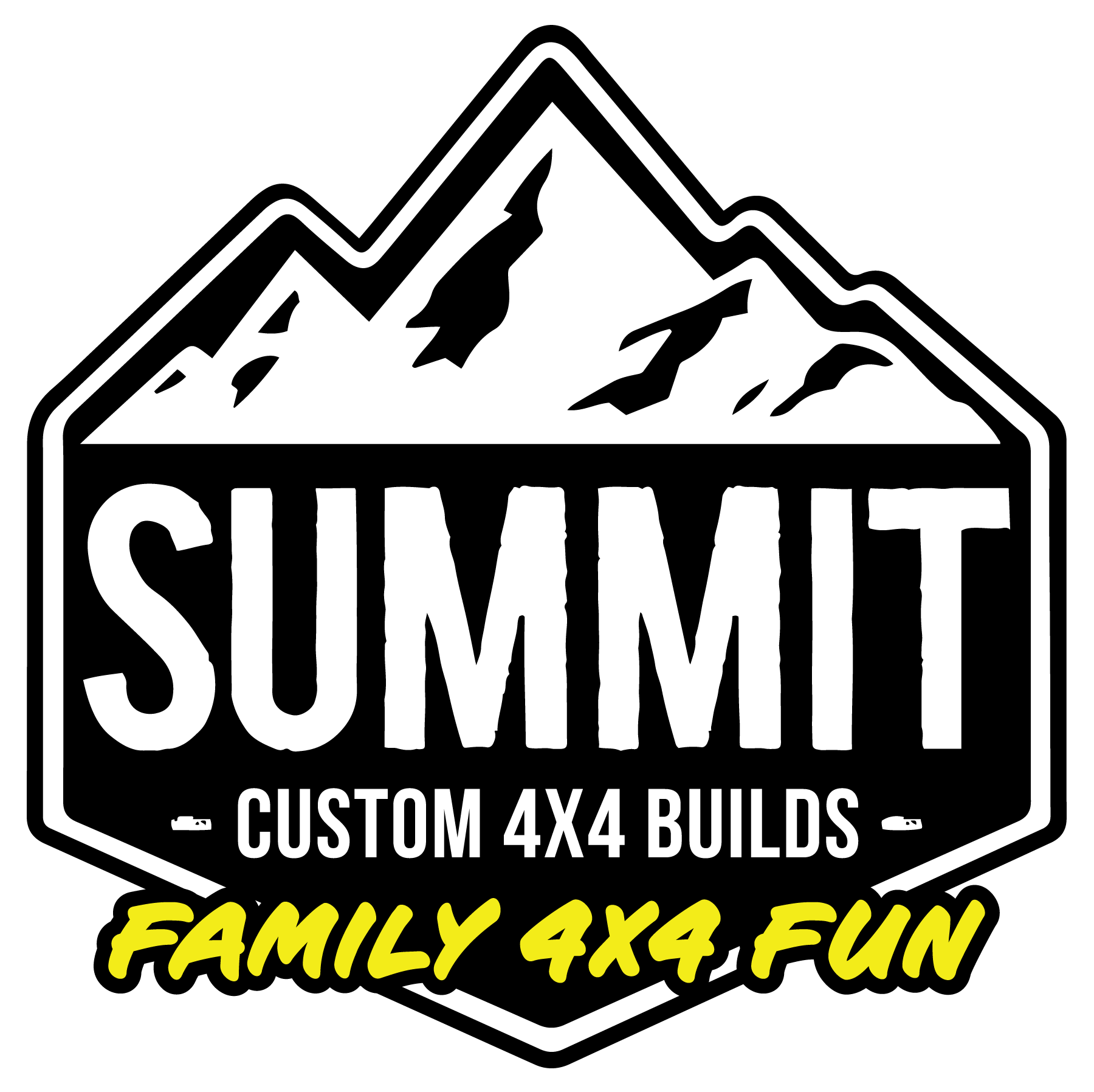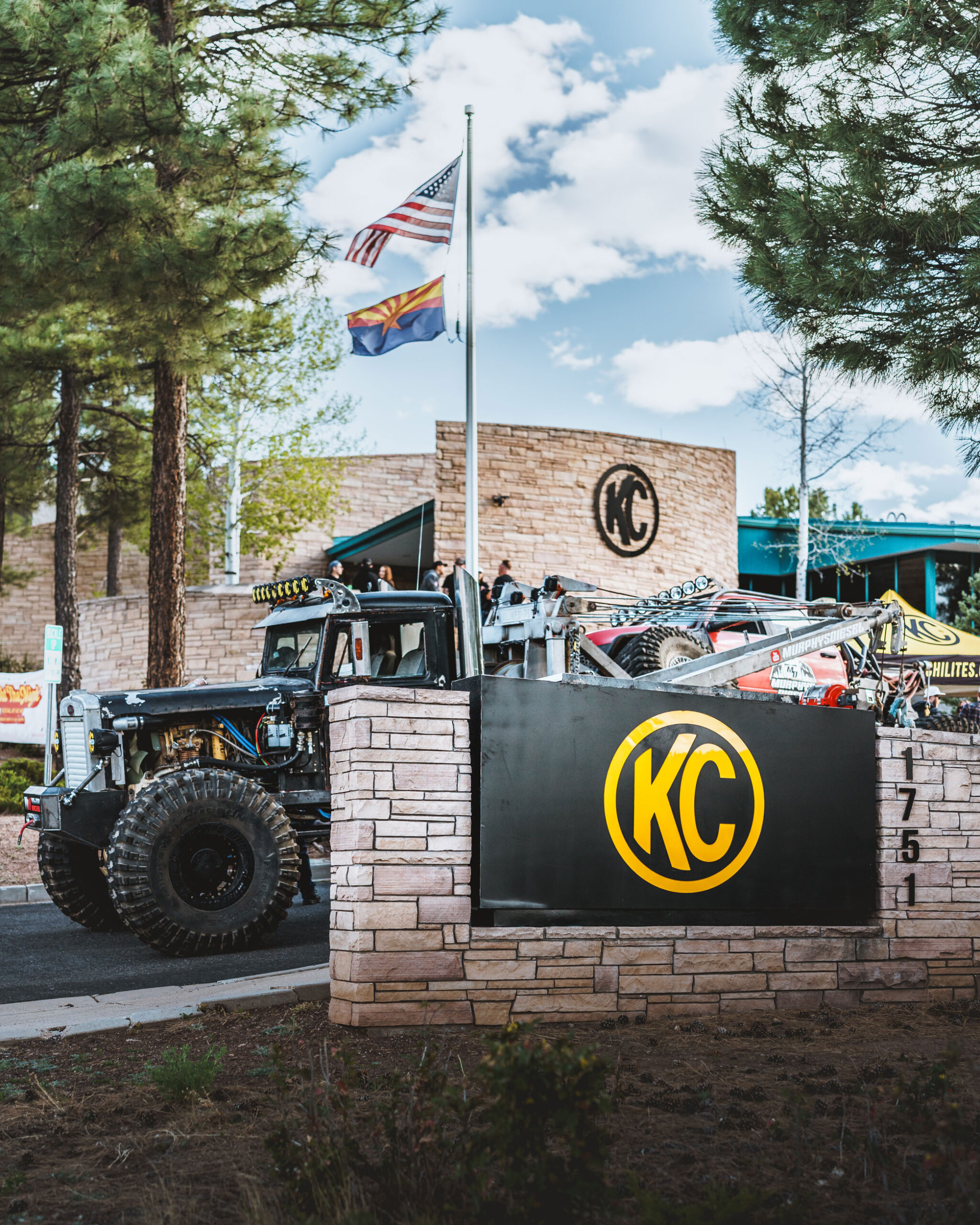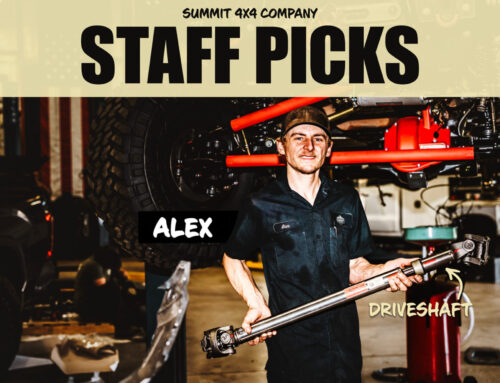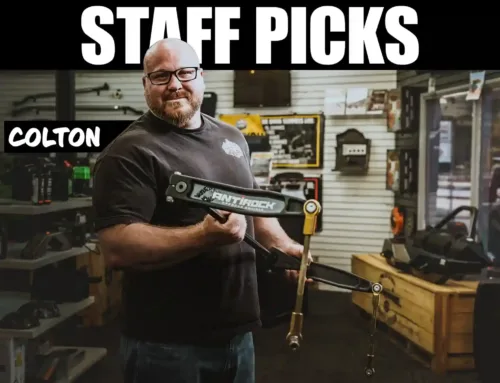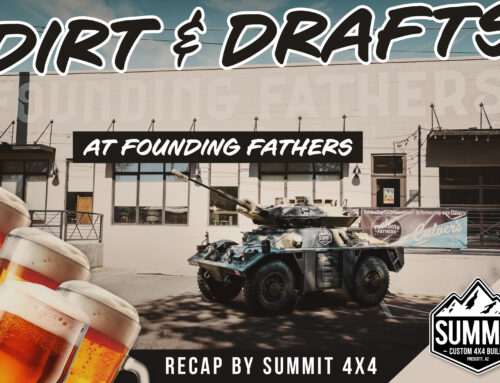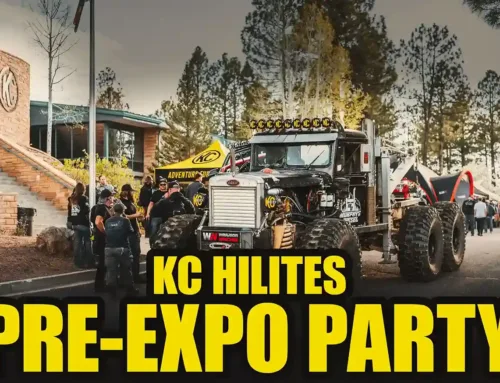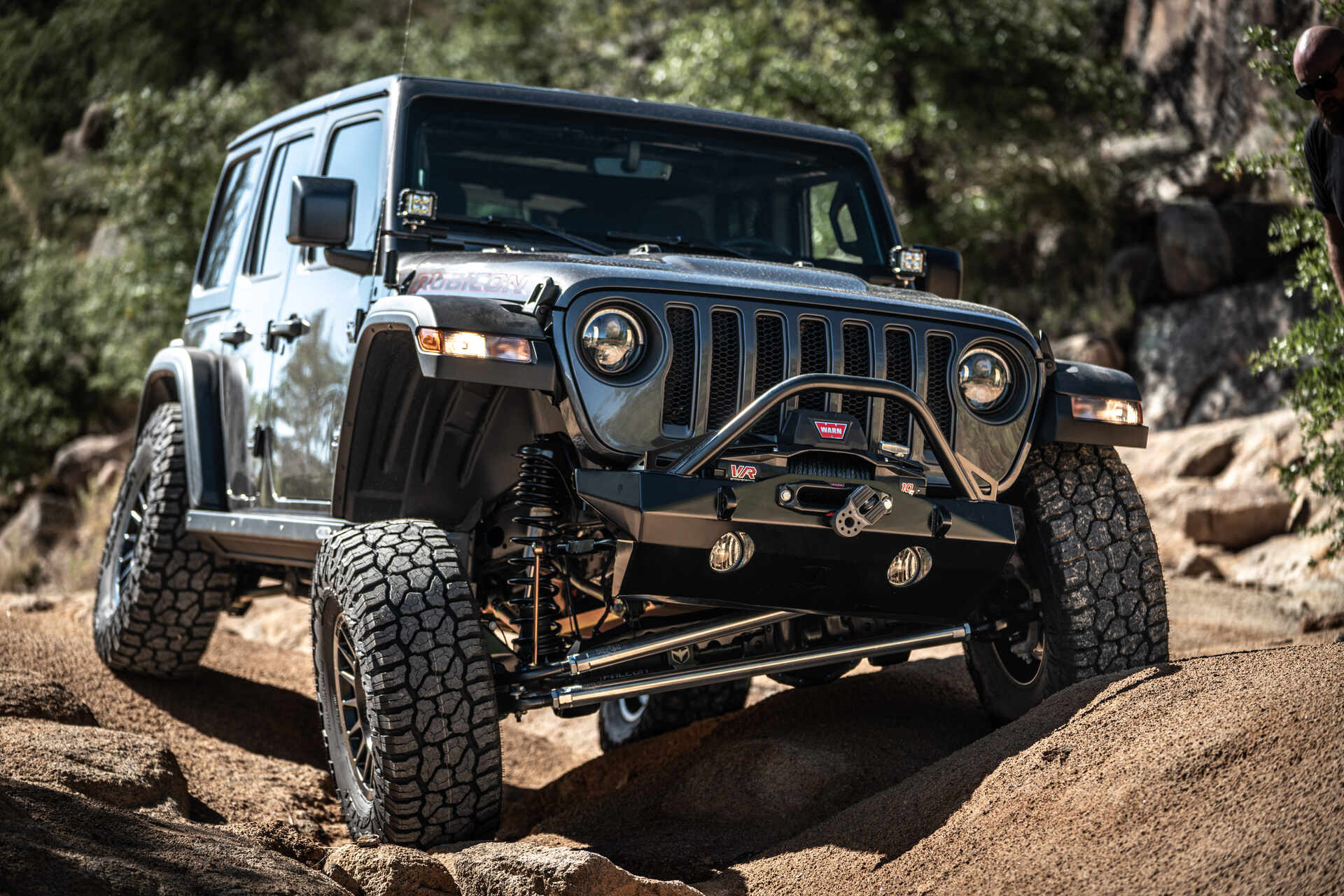
Understanding 4WD Systems: How and When to Use 4H, 4L, and Lockers
If you’ve got a 4X4—whether it’s a Jeep, Tacoma, 4Runner, or anything built for off-road—understanding your 4WD system is key. We’ve had many customers come through our shop asking when to use 4H, when to switch to 4L, and what lockers actually do.
Here’s a simple breakdown to help you make the most out of your rig and keep your drivetrain happy.
What Is a 4WD System?
Most vehicles have part-time 4WD, which means power goes to the wheel with the least resistance unless you have a locking differential. More on that below. With part-time 4WD you can switch between 4H and 4L depending on the terrain. That’s different from AWD (All Wheel Drive), which allows equal power to all 4 wheels. AWD is fine for paved roads or light snow, but it’s not made for serious trails.
If you’re rolling through Arizona’s backcountry—think rock, sand, and dirt—you’ll want to know how and when to shift into the right 4WD mode.
What Is 4H?
4H stands for “4-High.” This setting is suitable for driving at higher speeds (Under 45mph) when the trail or road is loose or slippery.
Use 4H when you’re on:
- Dirt roads
- Snowy or icy pavement
- Muddy paths
- Sand
Remember that 4WD (with an open differential) sends power to the tire with the least traction, with the purpose of distributing torque equally to both wheels. However, don’t use it on dry pavement—your tires need to rotate at different speeds when turning and 4H can cause binding if the surface has too much grip.
What Is 4L?
4L, or “4-Low,” gives you extra torque to the front and rear differentials with improved low-speed control. It’s what you want when the going gets tough.
Use 4L when you’re dealing with:
- Rock crawling
- Deep sand or snow
- Steep climbs or descents
- Heavy recovery pulling
4L is all about control. Your rig will move slower—exactly what you want when you’re on uneven or technical terrain.
What Are Lockers?
Locking differentials (lockers) force both wheels on the same axle to spin at the same speed. Without a locking differential, power goes to the wheel with the least resistance—which isn’t ideal when that wheel is in the air or stuck in mud.
Lockers fix that by sending equal power to both wheels, helping you keep moving when things get rough.
Some vehicles come with lockers from the factory (like the Jeep Rubicon or Tacoma TRD Pro), and others can be upgraded with aftermarket kits. We install both Air lockers and electronic lockers here at Summit 4X4.
When Should You Use Lockers?
Lockers are best used at low speeds in rough terrain.
Turn them on when:
- A wheel is off the ground
- You’re in deep ruts
- You’re rock-crawling
- You need maximum traction on uneven surfaces
Places like Broken Arrow Trail in Sedona or parts of the Backway to Crown King are good examples of where lockers can come in handy. Just remember to turn them off once you’re back on smoother ground—they can make turning harder and wear out tires faster if used where they’re not needed.
How Do You Shift Into 4H, 4L, and Lockers?
Here’s a quick rundown:
To shift into 4H:
You can shift into 4H while driving under 45 mph. Ease off the gas, pull back on the transfer case shifter to 4H, or on some vehicles you turn the dial to 4H.
To shift into 4L:
Come to a complete stop, put the vehicle’s transmission in neutral, and then shift into 4L. You’ll usually need to put some effort when pulling back the shifter to 4L and you may feel a little clunk—that’s normal.
To engage lockers:
Most rigs have a dash button or switch. With the use of most OEM lockers, you will need to be in 4L and the rear locker must be engaged before the front locker will engage. Watch for the locker indicator light to stop blinking—once it’s solid, the locker is engaged.
Need Help With Your Setup?
At Summit 4X4, we’ve built and maintained many 4WD systems. If you’re not sure your setup is trail-ready—or you’re thinking about adding lockers, re-gearing, or upgrading your drivetrain—we’ve got you covered.
We work on various rigs, from daily drivers and weekend warriors, to full custom builds. If you’re in Prescott or Prescott Valley, swing by the shop, and we’ll discuss whats best for your setup.
Have questions about your 4WD system or want to upgrade your rig?
Come see us at Summit 4X4. We’ll help you figure out the right gear for your driving type, install it right the first time, and make sure your rig’s ready for whatever trail you’ve got in mind.
Call us or reach out here to schedule a time to stop in.
